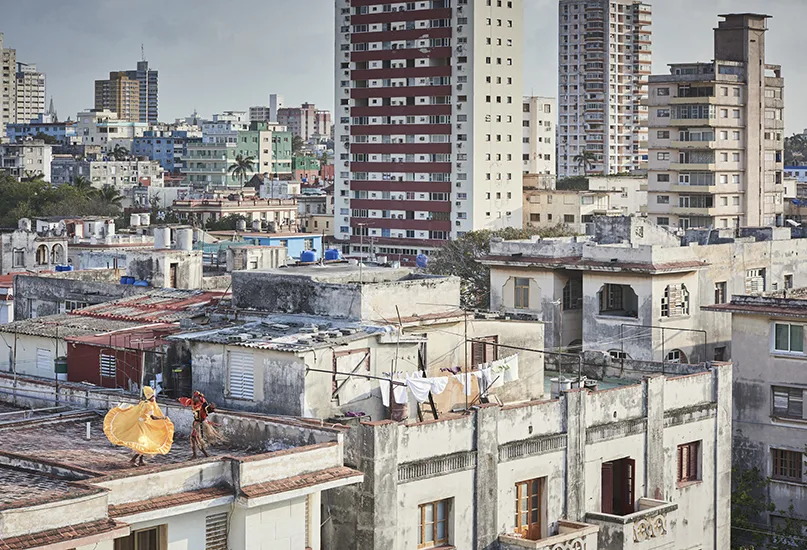Photographing some of the world’s less trodden pathways, Rama Knight captures dramatic realism in every shot. His use of colour and composition is honest and raw, reflecting each subject’s lived experience. We sit down with Knight to reflect on his career to date.
RAMA KNIGHT
With more than 20 years’ experience documenting diverse landscapes and cultures under his belt, Rama Knight is continuing to build his impressive portfolio of clean, cinematic, authentic photography.
Working with clients from leading global publications such as Condé Nast, Monocle, and The Times’ Luxx magazine, Knight’s ability to capture unique, arresting visuals sets him apart.
From the salt flats of the Atacama Desert to the Arctic Circle, Knight has travelled across the globe for his work, encountering a broad range of fascinating subjects along the way.
He’s traversed Ciudad Perdida in Colombia where he spent some time with the Kogi people, and Hwange National Park in Zimbabwe where he was able to capture shots of poaching wardens in action.
Knight’s use of colour and symmetry reflect his depth of knowledge and expertise, framing each moment with architectural precision.
Those he’s worked with commend the richness Knight’s photography adds to real life situations, capturing the right detail and colour to provide each shot with a unique warmth.
Ultimately, his photography tells stories, conveying emotion through movement, composition, and dramatic light.
Peering through the lens with a keen eye and innovative flair, Knight continues to showcase his aesthetic adventures from every corner of the planet.
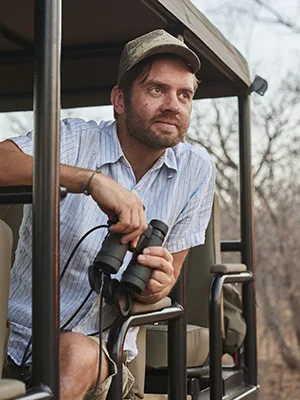
Q&A WITH RAMA KNIGHT
Firstly, what drew you to work in travel photography?
Rama Knight (RK): After graduating from the Arts University Bournemouth, I spent a year hustling and assisting a number of photographers, but I was itching to get out there and do my own thing.
So instead of renewing my house share tenancy, I booked a ticket to India.
I spent five months travelling across the country as well as the Andaman Islands and Nepal, and became smitten with adventure.
What do you find most exciting about this kind of work?
RK: I find the feeling of being immersed in a completely foreign culture, which demands your attention in a hyper-concentrated manner, thrilling.
Your sense of smell, taste, and touch are heightened, and your notion of time often extends so that a day can almost feel like a week.
For a photographer, the variety of faces in different parts of the world, the changes in light… it’s all exciting.
On the flip side, what are the biggest challenges?
RK: The explosion of tourism has brought untold changes and disruption not only to pristine environments but also locals’ ways of life.
No doubt some of these changes have brought economic advantages to places where there was once no industry but, on the whole, we have witnessed much more exploitation of delicate ecosystems.
So, the challenge now is navigating how we can enjoy these parts of the world in sustainable ways that preserve cultural heritage – there needs to be a balance.
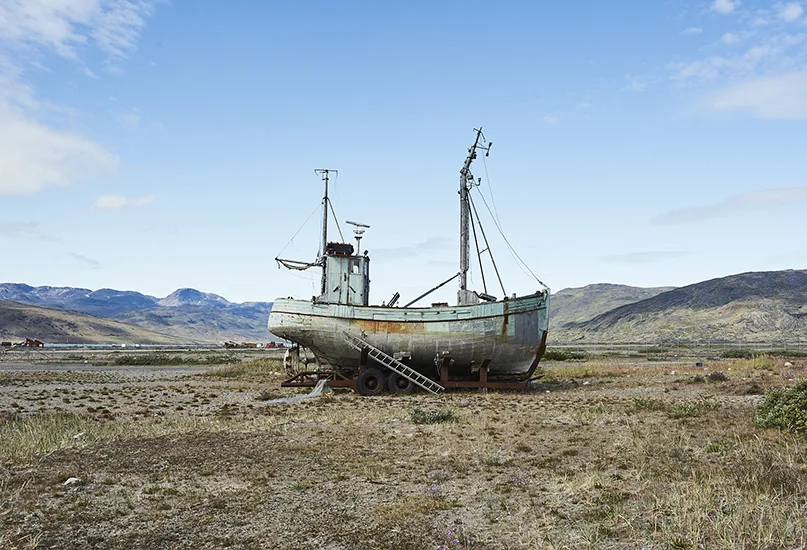
How would you describe your style of photography?
RK: I’m influenced a great deal by the German photography movement of the 1990’s, together with a minimal Scandinavian style.
My style sensibilities are challenged a lot when I find myself in very busy and colourful countries on the African continent or in India, for example – but that makes it all the more enjoyable.
The three worlds I use to describe my style are clean, cinematic, and authentic.
What has been your favourite destination to capture?
RK: The Narsaq peninsula in Greenland. This was a self-funded trip, and I managed to be included in a Danish trekking expedition’s mission to plot a new trail on the map which was otherwise just wilderness.
Walking through salmon-filled rivers, fishing with the Inuit, and spending a week in the village of Qassiarsuk – which is where Erik the Red settled in Greenland in the 10th century – I felt like a local by the time I left.
The minimal environments and luminosity of Arctic light and colour is a huge draw. Plus, it’s still relatively unspoilt by outside interference.
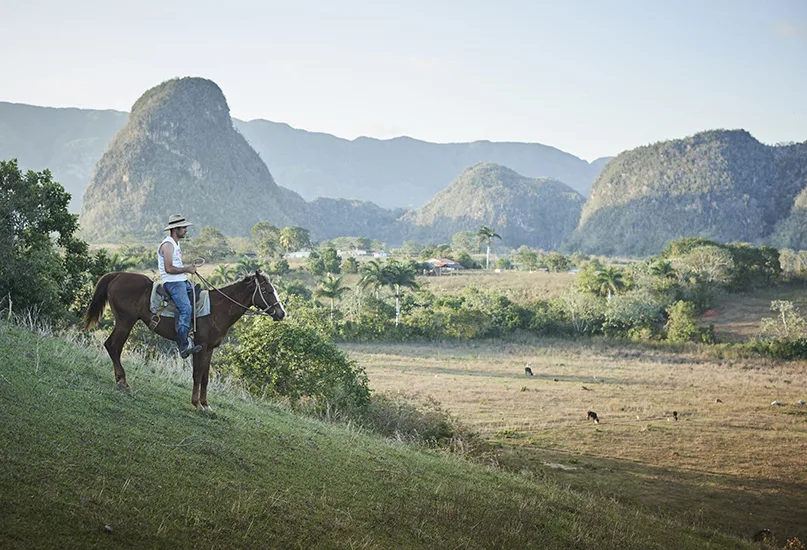
Have you been involved in any interesting assignments or projects recently?
RK: One trip that was particularly memorable was walking the trail up to the ancient ruins of Ciudad Perdida.
This was only deemed safe and opened for tourism in the 2000s and is an example of where the industry is helping to preserve a very delicate culture.
The Kogi people inhabit this region. So much of their habitat has been destroyed through logging or drug cartels in years gone by, but with this trail now being a popular destination, they have managed to retain their lands.
Travellers are not allowed to visit their villages, but the Kogi people have become guides for small groups of walkers.
One evening, I had cooled off in a river close to our camp and witnessed three Kogi children toss aside their white tunics and dive into the river, splashing and playing with each other as the sun set.
I’m not sure if they noticed me, but this was a moment I’ll never forget. I didn’t have my camera but sometimes the memory is all you’ll ever need.
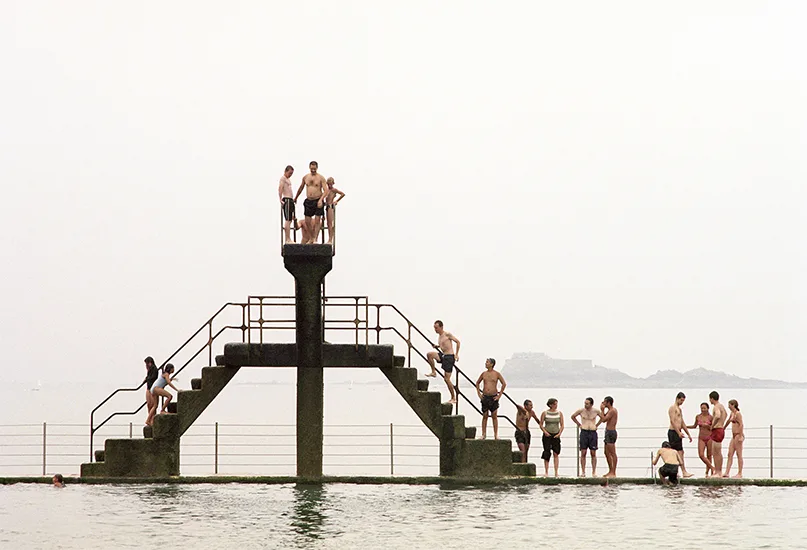
Finally, what’s next for the future? Are there any new destinations you’d like to cross off your bucket list?
RK: Having now shot a number of Scottish Highland stories, I would like to return to Japan and shoot a whiskey story up in the highlands there.
I enjoy the sense of familiarity of certain shared cultural heritage in completely different parts of the world.
I’m also fascinated by Japan’s sense of space and the way it retains order within such a huge population. Also – the ramen!
HOW I GOT THIS PHOTO
RK: As I visited this rooftop in Havana, Cuba, I had in my mind an image of something beautiful which could occur on the rooftop below.
That day, I was photographing some Abakua dancers and managed to persuade them of my idea.
We spent an hour trying to find access to the block across the street and finally met a resident who let us onto the roof of their building – it was well worth the effort.
